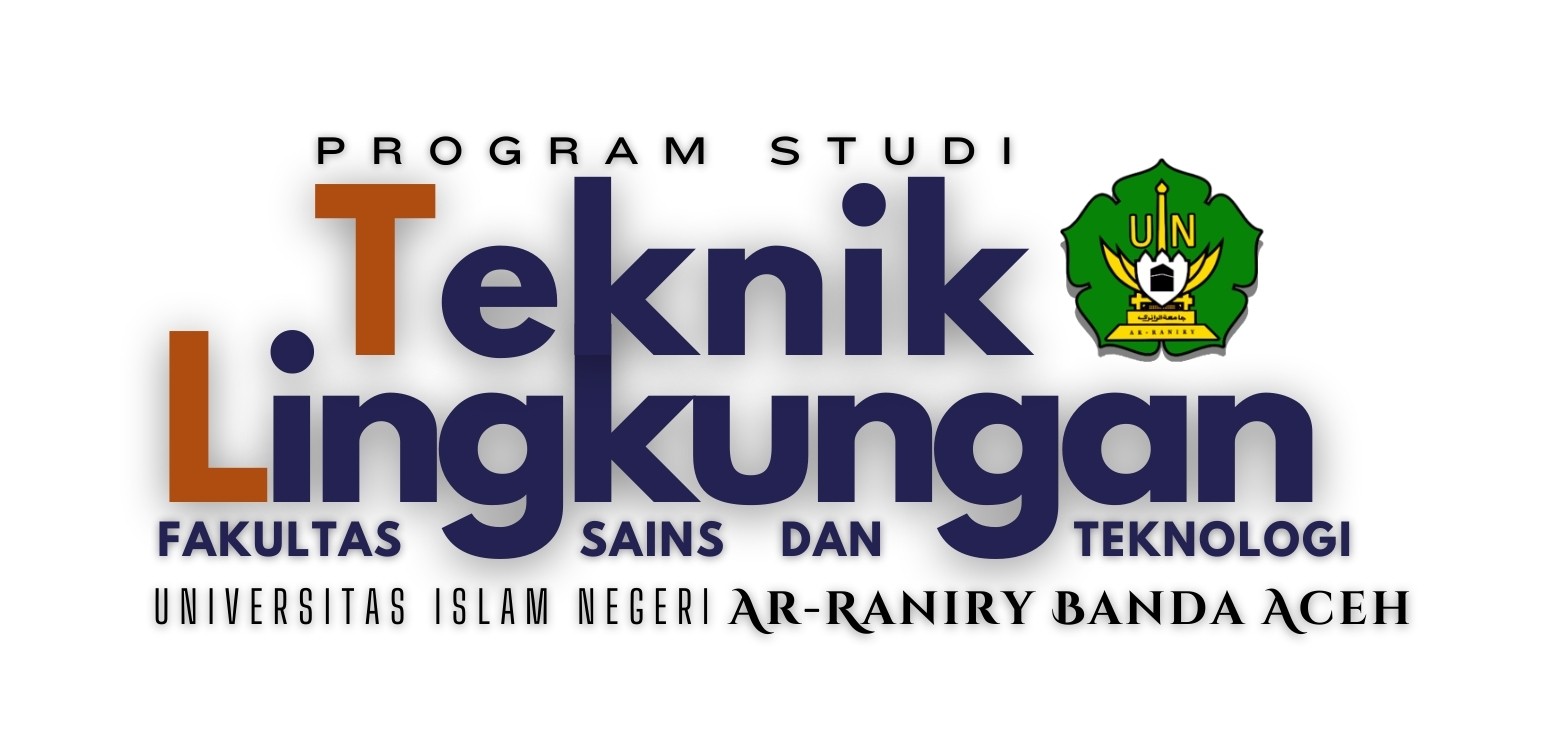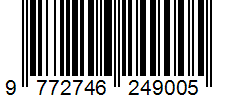KINETICS OF VEGETABLE WASTE DECOMPOSITION USING FISH VISCERA EXTRACT AND BANANA PSEUDOSTEM IN THE COMPOSTING PROCESS
Keywords:
composting, household waste, MOL, Fish Offal, Banana Stem, decomposition rate, Bacillus spp, Lactobacillus sppAbstract
This study investigated the effectiveness of the Takakura bin method for composting household vegetable waste using Fish Offal MOL and Banana Stem MOL as bioactivators. The Takakura method is a simple, aerobic composting technique that utilizes locally available materials—such as fermented microbial solutions and organic matter—to accelerate decomposition under controlled conditions, producing compost safely within a confined bin. The Carbon-to-Nitrogen ratio (C/N), a key indicator of compost maturity, represents the balance between carbon (energy source for microbes) and nitrogen (essential for microbial growth). Optimal composting typically occurs when the C/N ratio decreases from around 25–30:1 to below 20:1, indicating efficient organic matter breakdown. Results showed that compost pH remained between 6.0–7.5 and temperature between 25–30°C, ideal for mesophilic microbial activity. Both MOL treatments enhanced microbial diversity—Bacillus spp. dominated as primary decomposers, while Lactobacillus spp. in Fish Offal MOL helped lower pH and inhibit pathogens. The composting efficiency improved significantly, with faster C/N reduction, greater weight loss, and shorter maturation time. The Fish Offal and Banana Stem MOL bioactivators achieved over 80–90% efficiency in accelerating decomposition, producing mature compost with dark color, earthy odor, and fine texture. These findings confirm that the Takakura bin method, enhanced with MOL bioactivators, provides a highly efficient and eco-friendly solution for household organic waste management.
References
Cahyani, V R, Rahayu, K P Lakshitarsari, R A Z W Megow, and N Y Azzahra. 2024. “Composting of Rice Straw–Based Materials Using Aerobic Bioactivator Isolated from Rice Straw, Mahogany Bark and Cassava Peels.” Caraka Tani: Journal of Sustainable Agriculture 39 (1): 48–64. https://doi.org/10.20961/carakatani.v39i1.74297.
Gafur, M A A, and Z Sangadji. 2023. “Pelatihan Pembuatan Pupuk Organik Berbahan Dasar Limbah Sayur Pasar Remu Kepada Pemuda Muhammadiyah Kota Sorong.” JMM (Jurnal Masyarakat Mandiri) 7 (4): 3183. https://doi.org/10.31764/jmm.v7i4.15698.
Kasim, N N, A S Bayo, A Hasan, W Amaria, and Miftakhurohmah. 2021. “Populasi Dan Struktur Mikroba Pada Tanah Perkebunan, Tanaman Semusim Dan Rerumputan.” In Prosiding Seminar Nasional Pertanian Berkelanjutan.
Mahmudah, F, S A Sumiwi, and S Hartini. 2016. “Studi Penggunaan Antibiotik Berdasarkan ATC/DDD Dan DU 90% Di Bagian Bedah Digestif Di Salah Satu Rumah Sakit Di Bandung.” Indonesian Journal of Clinical Pharmacy, 293–98.
Prayekti, E, M F Riza, A D Nandasari, S M Salimi, K Navis, and N R Pratama. 2023. “Pengolahan Limbah Organik Rumah Tangga Menggunakan Keranjang Takakura Di Desa Simo Angin-Angin, Kecamatan Wonoayu, Kabupaten Sidoarjo.” In Prosiding Seminar Nasional Pengabdian Kepada Masyarakat, 3:121–29. https://doi.org/10.33086/snpm.v3i1.1240.
Rahayu, P, Y Fitrianingsih, and A Sulastri. 2024. “Pembuatan Kompos Dari Limbah Pasar Pagi Menggunakan Kombinasi Aktivator EM4, Mol Jeroan Ikan, Dan Mol Bonggol Pisang.” Rekayasa Hijau: Jurnal Teknologi Ramah Lingkungan 8 (261): 119–36. https://doi.org/10.26760/jrh.v3i3.3428.
Safitri, W, S A Novalina, and A Apriandi. 2023. “Pembuatan Mikroorganisme Lokal (MOL) Dari Jeroan Ikan.” Jurnal MARINADE 16 (2): 1–7.
Setyawati, R. 2023. “Studi Kasus Kecemasan Berbicara Di Depan Kelas Pada Siswa Kelas VIII G SMPN 30 Semarang.” Jurnal Universitas PGRI Semarang.
Simbolon, V A, and M Diansafitri. 2021. “Pemanfaatan Sampah Organik Rumah Tangga Menjadi Pupuk Organik Cair Sebagai Salah Satu Upaya Mengurangi Volume Sampah Di RT 005 Kelurahan Kampung Baru Tahun 2021.” Jurnal Salam Sehat Masyarakat (JSSM) 2 (2): 57–65. https://doi.org/10.22437/jssm.v2i2.13618.
Suanda, I W, K I Rusmayanthi, I K Widnyana, I N Muliarta, P A A A Diahantari, and I M Subrata. 2025. “Identifikasi Morfologi Dan Populasi Mikroorganisme Pada Eco Enzym Barbahan Sayur Dan Buah Dengan Perlakuan Berbed.” Jurnal Edukasi Matematika Dan Sains 14:203–15. https://doi.org/10.59672/emasains.v14i1.4550.
Sukiman, S, Kurniasih Sukenti, Nur Indah Julisaniah, and Rina Kurnianingsih. 2021. “Sosialisasi Dan Pelatihan Pembuatan Pupuk Organik Cair Berbasis Limbah Tanaman Di Desa Ubung Kabupaten Lombok Tengah.” Jurnal Pengabdian Magister Pendidikan IPA 4 (4): 320–26. https://doi.org/10.29303/jpmpi.v4i4.1117.
Downloads
Published
How to Cite
Issue
Section
License
Copyright (c) 2025 Syafta Indah Purnamasari, Tuhu Agung Rachmanto

This work is licensed under a Creative Commons Attribution-ShareAlike 4.0 International License.














